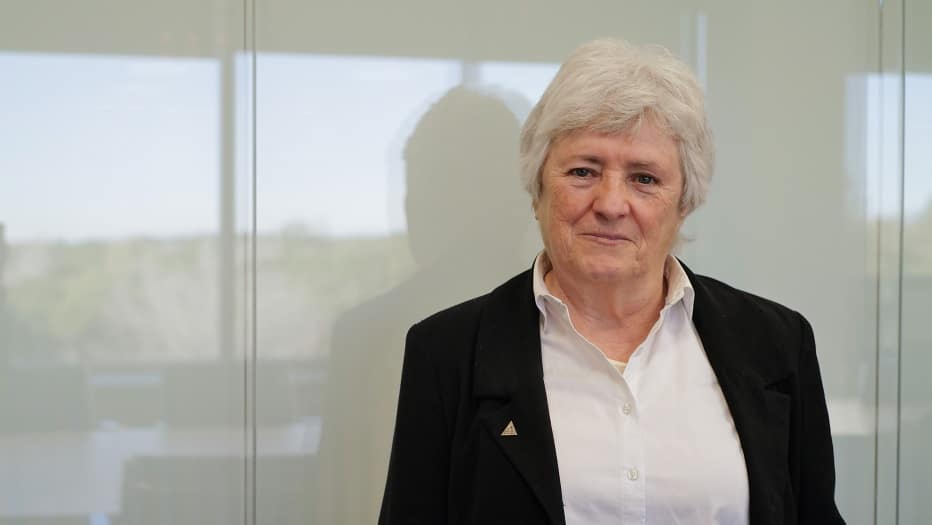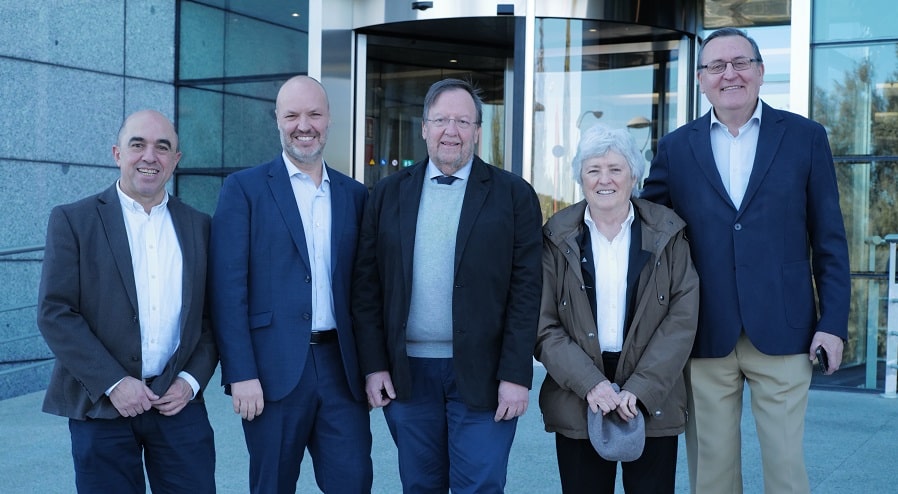Julia Maria Gomez de Avila Segade | 07/02/2023
Isolina Martínez Rodríguez, current Chairman of APICI (Association of Fire Protection Engineering Professionals).
You have been Chairman of APICI since June of this year, what are the main lines that you intend to develop in your term?
Spain is a country where fire protection is primarily the result of the application of provisions set out in the prescribed Fire Protection Regulations (Protección Contra Incendios, PCI). However, the buildings and industries to be protected are increasingly complex. On the other hand, the evolution of protection technologies is, most of the time, ahead of the provisions established by those regulations; this enables the application of security engineering in the design of buildings and industries to contribute to better protection. And that’s where APICI’s main activity focuses: promoting the best knowledge of fire safety engineering in our society.
What challenges are you aiming to overcome?
My main challenge is to continue with the activities carried out so far, so I want to congratulate the members of APICI, in which I have been involved since its foundation and in its history over the past 25 years. On the other hand, it is necessary to maintain and increase the collaboration of the association with all those who have some responsibility for fire safety: administration, fire services and professional groups involved in the construction process.
I also wish, in line with the current moment, for APICI to maintain an active presence online through an attractive website that enables queries between the members of the association and even outside professionals on technologies and new fire protection systems.
What is APICI’s relationship with other associations?
APICI maintains close relationships with major industry associations and as a result, significant achievements have occurred. Among the most recent, together with CEPREVEN and TECNIFUEGO, it was possible to solve a significant problem regarding the installation of ESFR sprinklers, requesting and achieving the application of the principle of mutual recognition. Joint actions are common at workshops and events, in SICUR, at congresses, etc. With AENOR, it participates in UNE committees and subcommittees. In addition, AERME, APTB and ASELF are associations with which we have a very good relationship and they even share many of their members.
What other ties and relationships do you think need to be incorporated and reinforced?
The workplace security industry, to this day, has evolved in parallel with the PCI legislative framework. The Occupational Risk Protection Act requires ensuring the effective protection of workers and other occupants against all risks that may affect them and fire is one of the risks to consider and a mandate as broad and demanding as that of “ensuring effective protection”, which requires that safety be studied with the tools available in fire safety engineering. The complexity of today’s constructions requires an approach that covers situations for which current regulations have no answer and which could be solved by the application of Performance Codes.
I intend to strengthen relationships with the administrative bodies responsible for the preparation and application of regulations in order to collaborate in an adequate interpretation of these Codes.
Drawing on your teaching career, what training do you consider essential for society regarding fire protection?
Spanish society is generally not very sensitive to fire risk, while it is sensitive to other types of risks. Therefore, I consider fire risk and fire control training to be of greater interest at all levels, in addition to the professionals who normally intervene in the construction process, architects and engineers. I would also like to achieve the call for new options for the Master’s in Fire Protection Engineering that can reach the official qualification status.
Who are the members of the APICI Board that accompany you in your term and what do you think characterizes it?
APICI’s current Board of Directors is comprised of professionals with a track records of solvency in Fire Safety Engineering. Eduardo García Mozos, Director of Engineering at MAPFRE Global Risks, is one of the three vice presidents on the current APICI Board of Directors.
APICI’s relationship with MAPFRE GLOBAL RISKS engineers and the Fundación MAPFRE is constant over time. What synergies do the three organizations share?
APICI has maintained excellent relationships with MAPFRE Global Risks and the Fundación MAPFRE since its inception in 1997, which have paid off, such as the International Congresses on Fire Protection Engineering or the PCI Master Course on Engineering, in collaboration with ICAI of the University of Comillas.
In this regard, I trust APICI to continue to deserve the trust of MAPFRE Global Risks and Fundación MAPFRE and to continue to carry out and expand the excellent collaboration that exists in the field of fire protection.






